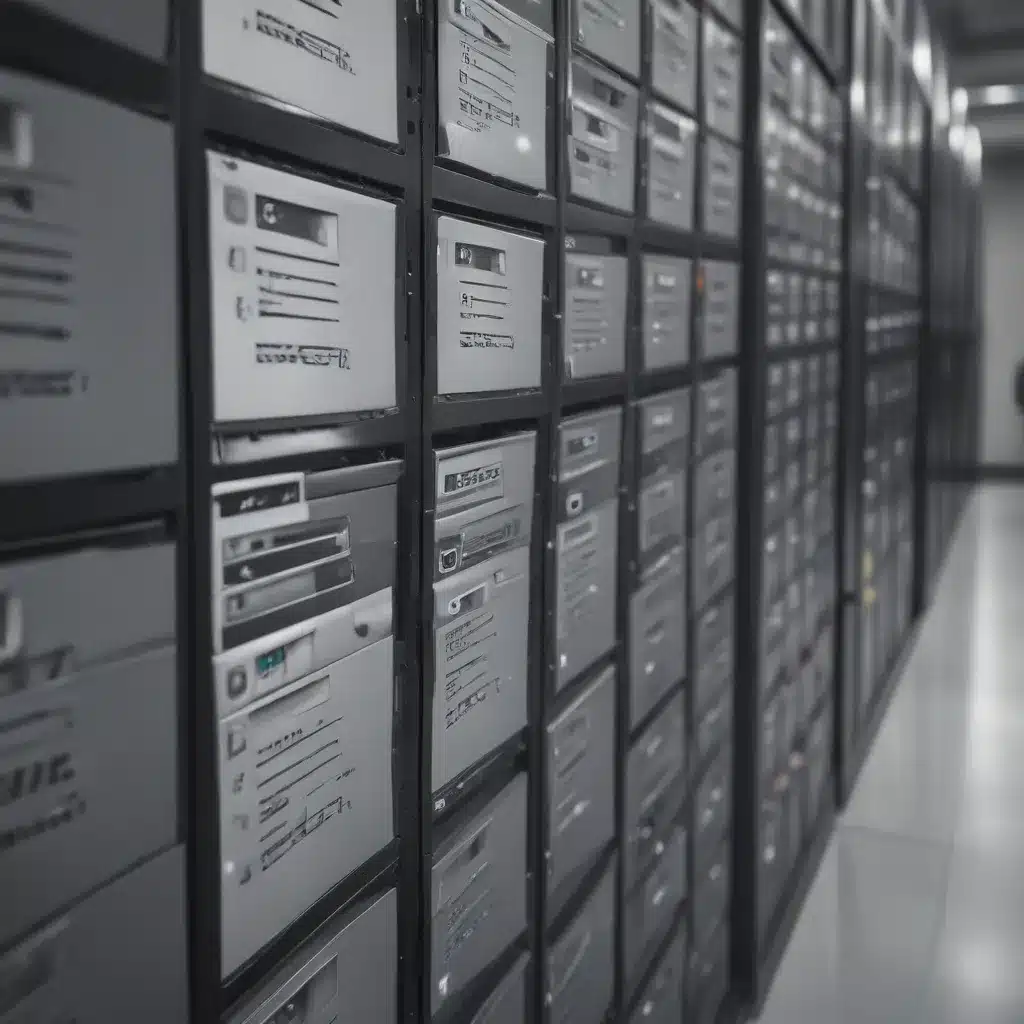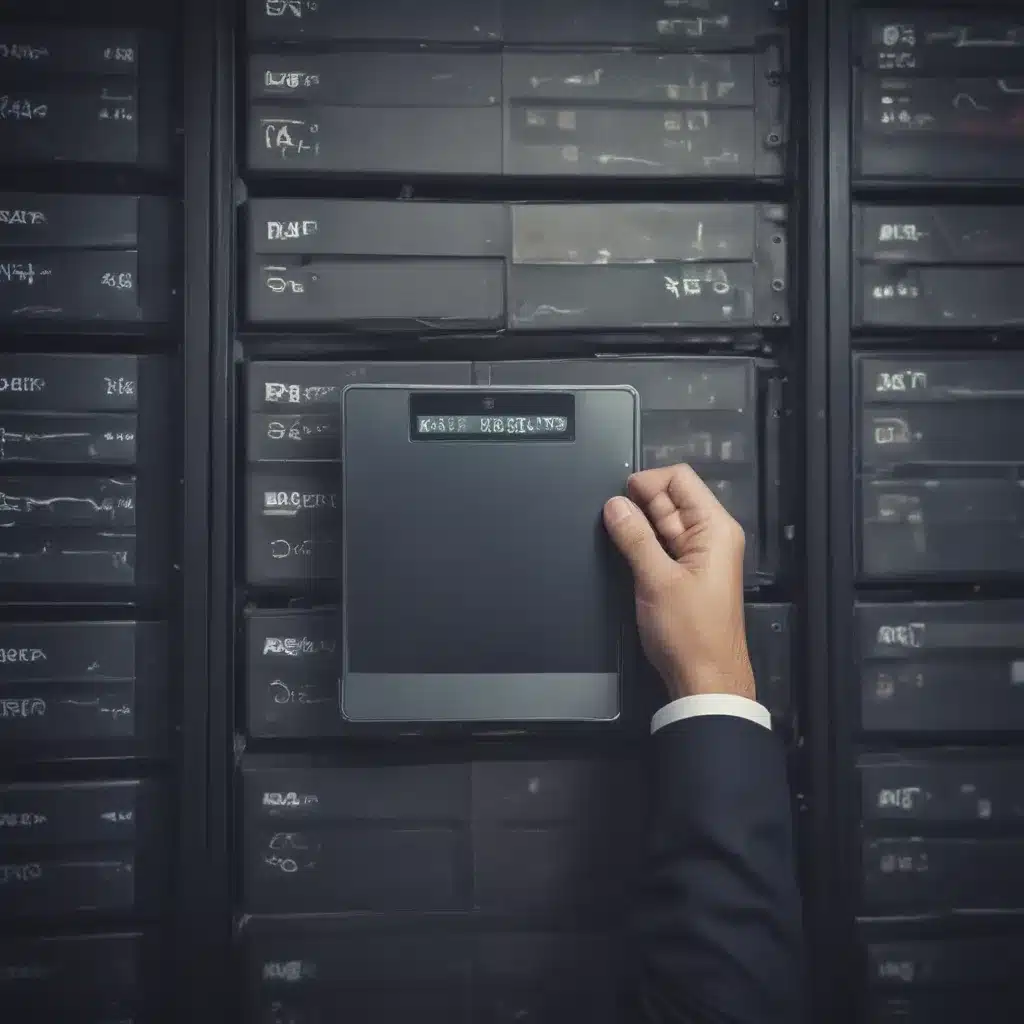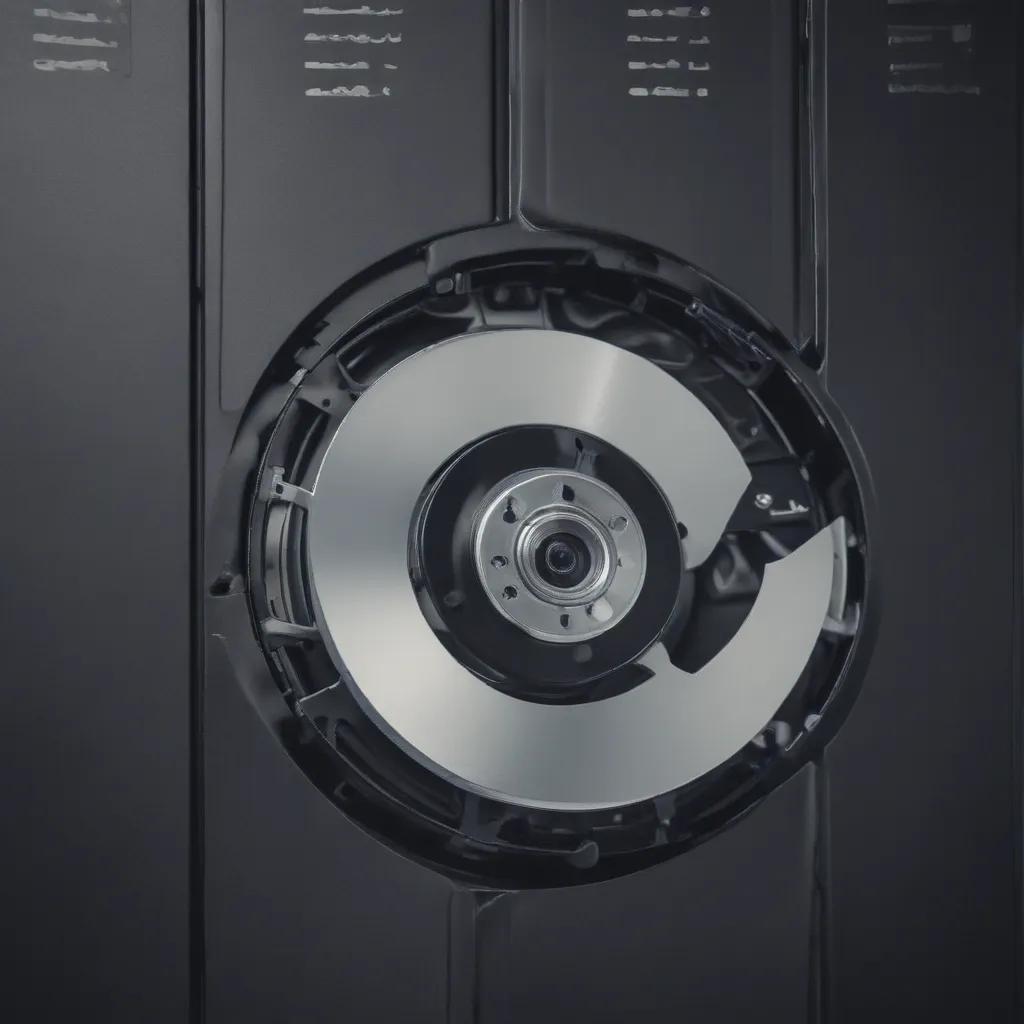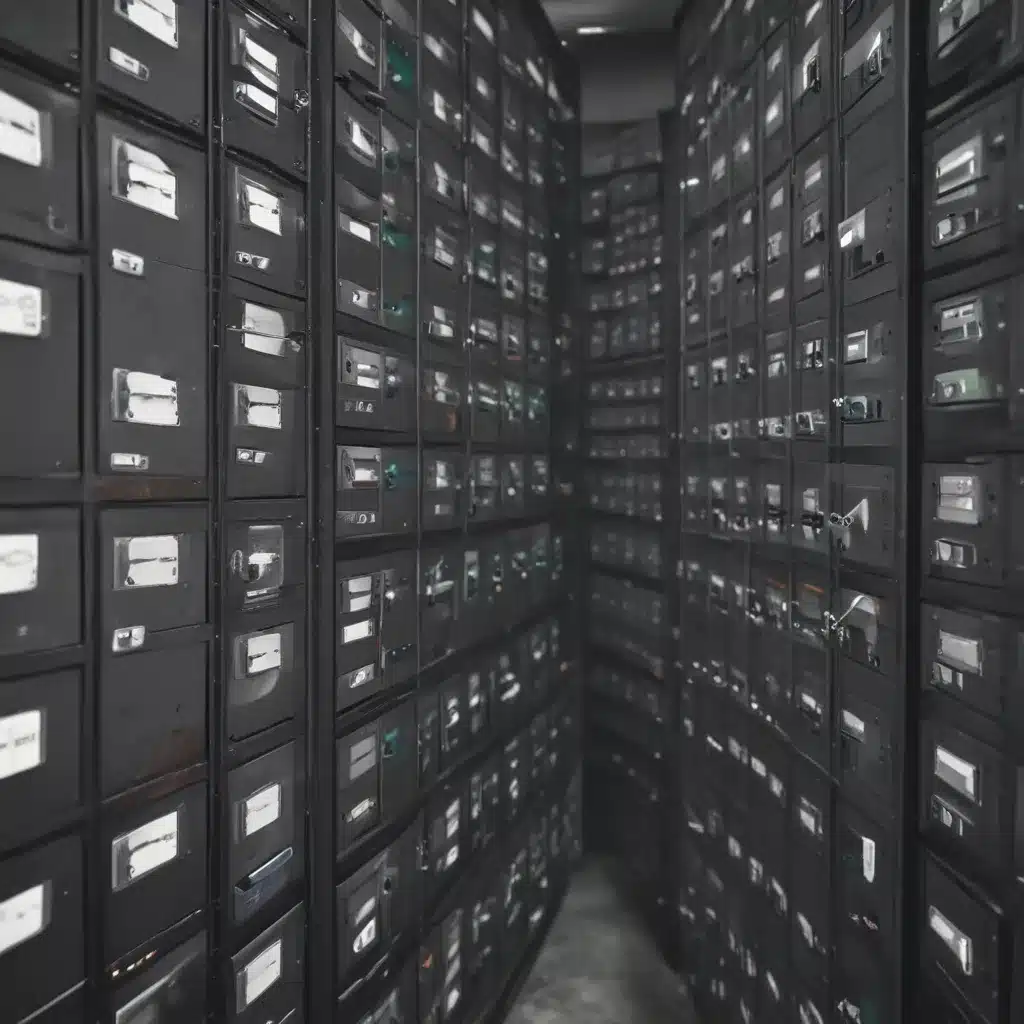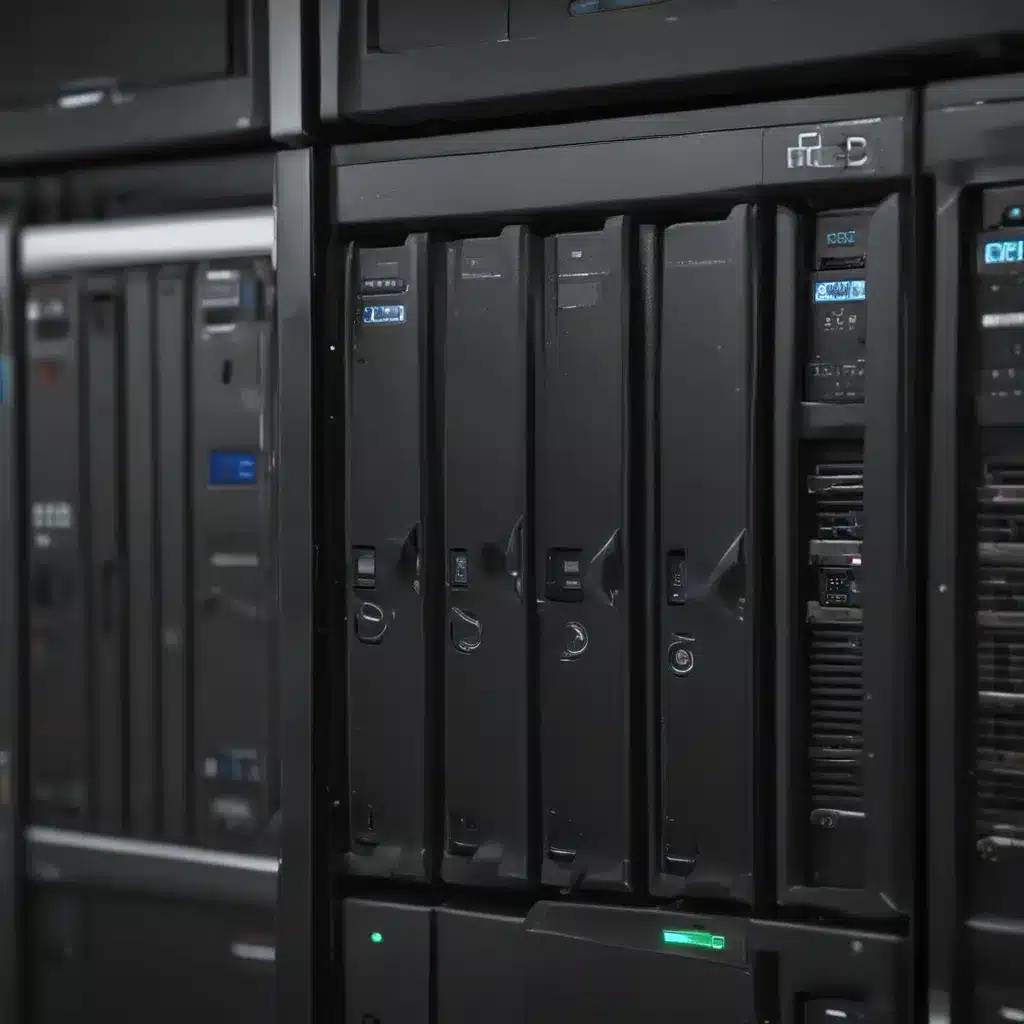A new form of malware has been uncovered that targets Chrome users in an attempt to steal credit card information. This banking trojan leverages sophisticated techniques to evade detection and siphon sensitive financial data from victims.
How The Malware Works
This particular trojan relies on browser injection to function. Here’s an overview of how it operates:
- The malware is downloaded to the victim’s machine through malicious attachments or infected sites.
- It injects malicious code into the Chrome browser process.
- When the user visits a banking site, the trojan can modify web pages and insert additional fields designed to steal information.
- Any credit card details submitted on the banking site are transmitted directly to the attacker’s server.
This allows the trojan to steal credit card numbers, security codes, expiration dates, and other financial data entered into Chrome during online transactions.
Unique Evasion Tactics
What makes this trojan more advanced is its use of evasion tactics to avoid detection:
- It runs completely in the browser’s memory space, leaving no traces on the hard drive.
- The trojan employs code obfuscation techniques to mask its presence.
- It uses steganography to hide stolen data inside image files when exfiltrating it.
- Domain generation algorithms are used to contact attacker-controlled servers.
These methods allow the malware to effectively operate under the radar when extracting sensitive information from Chrome.
Who Is At Risk
While this trojan is highly stealthy, certain users are at higher risk than others:
- Online shoppers who regularly make purchases from retail sites.
- Users who access banking or financial sites in the Chrome browser.
- People who download pirated software or content from untrustworthy sources.
- Those who click on emailed links or attachments without vetting them first.
The trojan creators appear to be targeting Chrome specifically due to its high usage in online shopping and banking activities.
How To Stay Protected
Here are some tips to avoid falling victim to this credit card stealing malware:
- Avoid pirated or cracked software. Only download programs from official sources.
- Think twice before clicking on links/attachments in unsolicited emails.
- Use anti-virus tools and keep them updated to detect latest threats.
- Don’t save credit card details in your browser unless absolutely necessary.
- Monitor bank accounts regularly for unauthorized charges.
Being cautious about download sources and links goes a long way in keeping this trojan off your devices. Anti-virus software can also automatically block and remove infections before your financial data is put at risk.
The Bigger Picture
The emergence of this new banking trojan highlights some broader points:
- Targeted malware continues to be a preferred attack vector for many cybercriminals.
- Browser-based threats are increasing as more activities shift online.
- Attackers are using more innovative techniques to hide malicious software.
As online banking and shopping become more prevalent, users should be vigilant about new kinds of malware aiming to take advantage. Although this trojan only targets Chrome currently, similar threats for other browsers may arise as well. Staying cautious about your cyber habits remains crucial.
With trojans like this one innovating new ways to steal financial information from browsers, users need to exercise caution in their online activities. Avoid downloading from unverified sources, be wary of emailed links, use anti-virus tools, and monitor accounts regularly to protect against credit card stealing malware. While cybercriminals will continue developing stealthy new threats, being a smart and guarded web user is the best defense.





